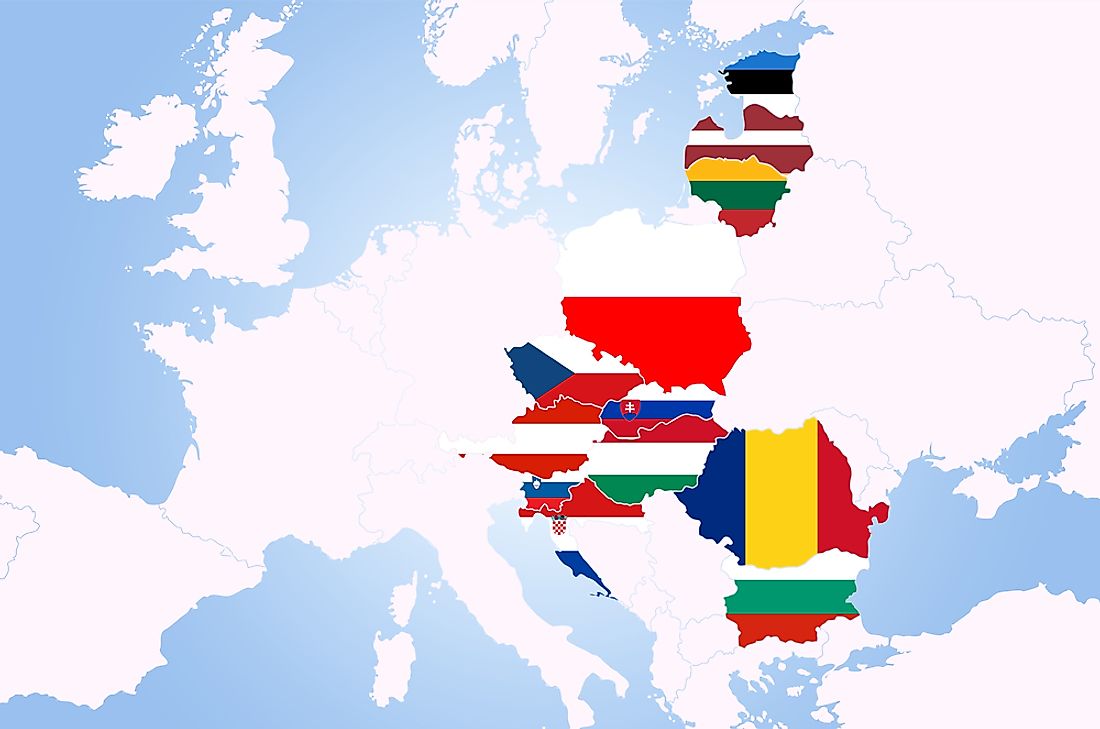What Is The Three Seas Initiative?

The Three Seas Initiative is a geopolitical joint project by Poland and Croatia. It acts as a forum between twelve European countries to strengthen trade, energy, infrastructure and political cooperation. It is also known as the BABS Initiative as the member countries border with three European Seas - Baltic, Adriatic and Black Sea.
Member Countries
The Three Seas or BABS Initiative comprises of twelve Eastern and Central European countries. This includes Poland, Croatia, Czech Republic, Hungary, Romania, Slovakia, Bulgaria, Estonia, Lithuania, Austria, Latvia, and Slovenia. Other than Austria, all the member countries were formerly Soviet-influenced communist countries and part of the former socialist group known as Eastern Bloc.
Six of these member countries, Austria, Croatia, Czech Republic, Hungary, Slovakia, and Slovenia, are Central European Defence Cooperation (CEDC) countries. The CEDC was formed in 2010 with the objective of developing and strengthening defense cooperation between the member countries. Except Austria, all CEDC member countries are also part of NATO. Apart from that, four of its member countries, Hungary, Poland, Czech Republic, and Slovakia, are into a cultural and political alliance known as the Visegrad Group or Visegrad Four since 1991.
Interestingly, seven member countries of this project, Hungary, Romania, Czech Republic, Slovakia, Latvia, Estonia, and Lithuania, were part of the Intermarium plan of Jozef Pilsudski of Poland, who proposed a federation of Baltic States after the end of World War I.
Summits
The first summit of the Three Seas Initiative was held on the 25th and 26th of August, 2016 in Dubrovnik (Croatia). It was headed by the Croatian President, Kolinda Grabar-Kitarovic. The member countries agreed on economic cooperation to strengthen economic activates, especially in the energy and infrastructure sector.
The Three Seas Business Forum was formed during the second summit of the initiative that was held on 6th and 7th July 2017 in Warsaw under the leadership of the Polish President, Andrzej Duda. This event was highly debated and highlighted internationally as it was attended by the American President Donald Trump.
Key Projects
The initiative provided a base for strategically important infrastructural projects, two of which stand prominently so far are the North-South Highway and the LNG Projects.
The North-South Highway project is part of the Three Seas Initiative. It will connect Lithuania, Poland, Slovakia, Hungary, Romania, Bulgaria and Greece. The proposed route will connect Klaipeda, which is an important seaport of Lithuania, located on the coast of Baltic Sea, to Thessaloniki, one of the most important trade hubs in Southeastern Europe. It will also help boost trades with Poland by providing Eastern Poland with a north-south route to connect with Central Europe.
Poland and Croatia took the initiative of building Liquefied Natural Gas (LNG) terminals in the Baltic Sea to fulfill gas requirements of the member countries. Poland has completed its LNG terminal already, while Croatia is expected to complete its terminal by 2019. The construction of a pipeline for LNG is also part of the project.
Controversies
Eastern and Central Europe mainly rely on Russia to fulfill their oil and gas requirements. Donald Trump’s visit to Poland for the second Three Seas Initiative opened doors for American oil and gas exports to Eastern and Central Europe. However, fingers were raised on Trump’s presence in the summit as some analysts regarded it as US interests in an internal European initiative. On the other hand, some analysts mistakenly related it with the 1920’s idea of the Inter Seas Utopia that was proposed to counter German and Russian political aggression in the region.











